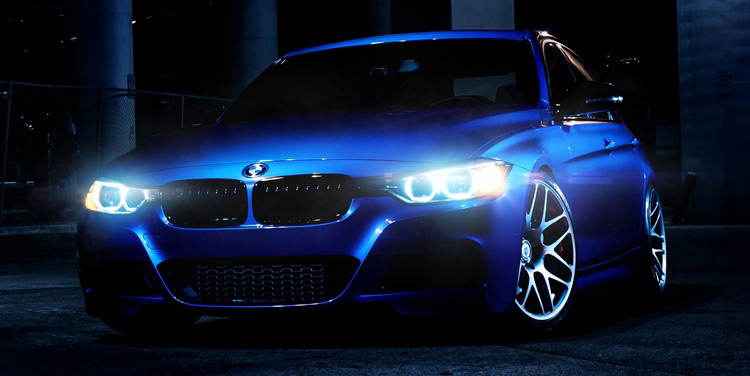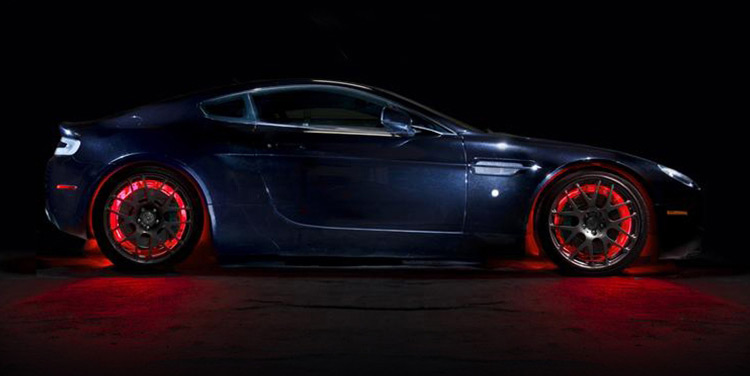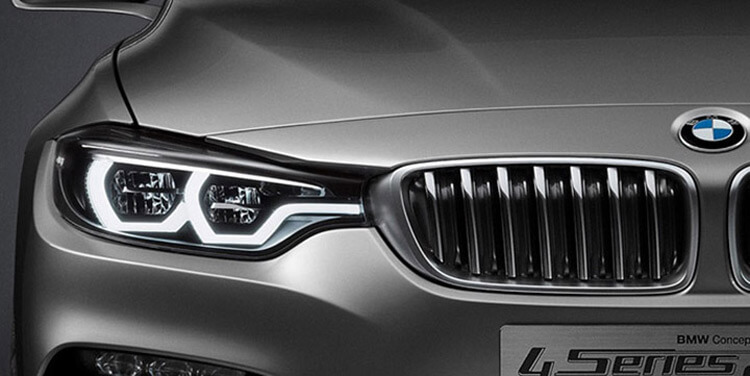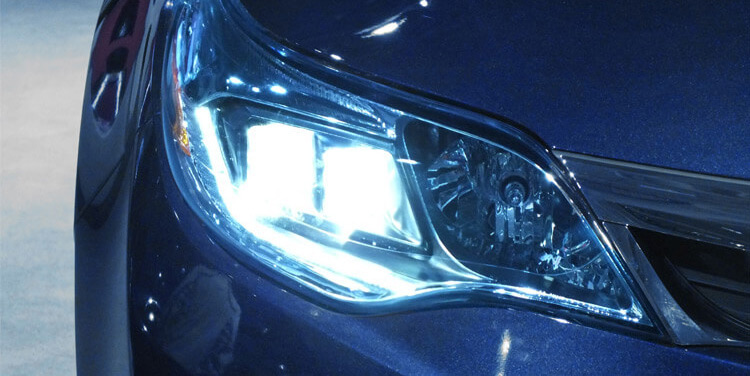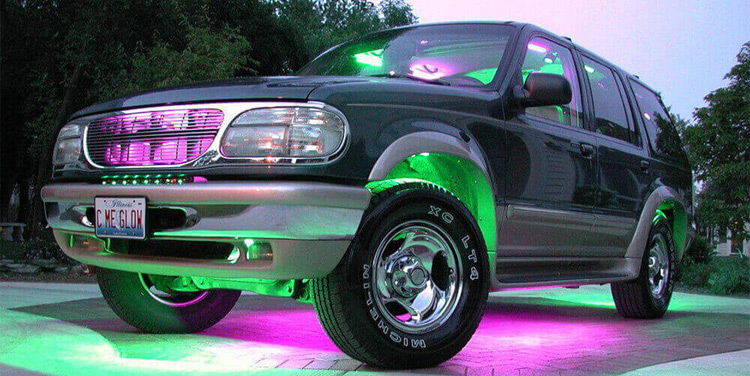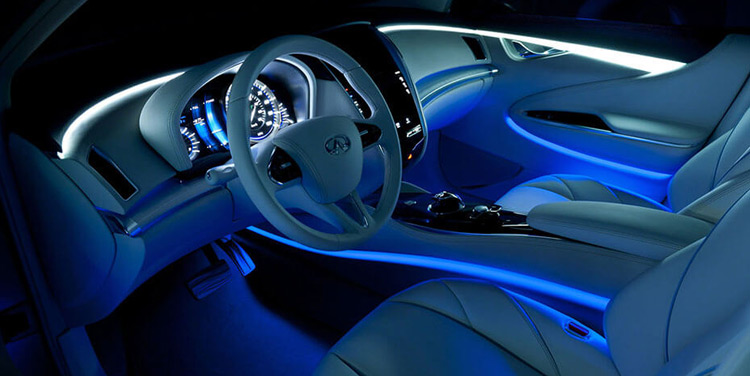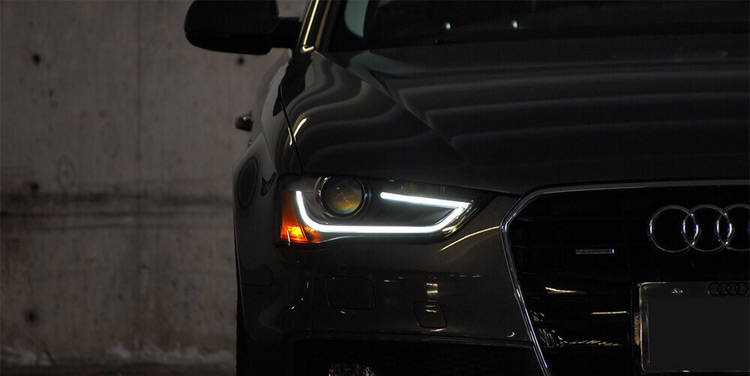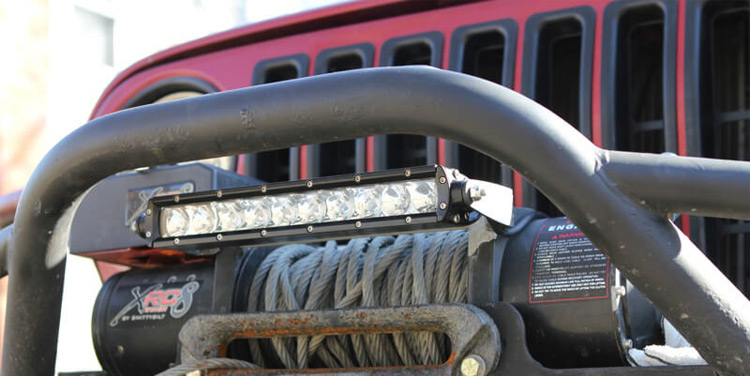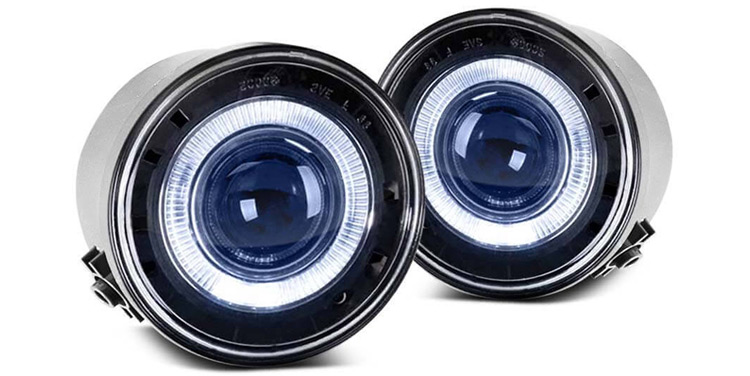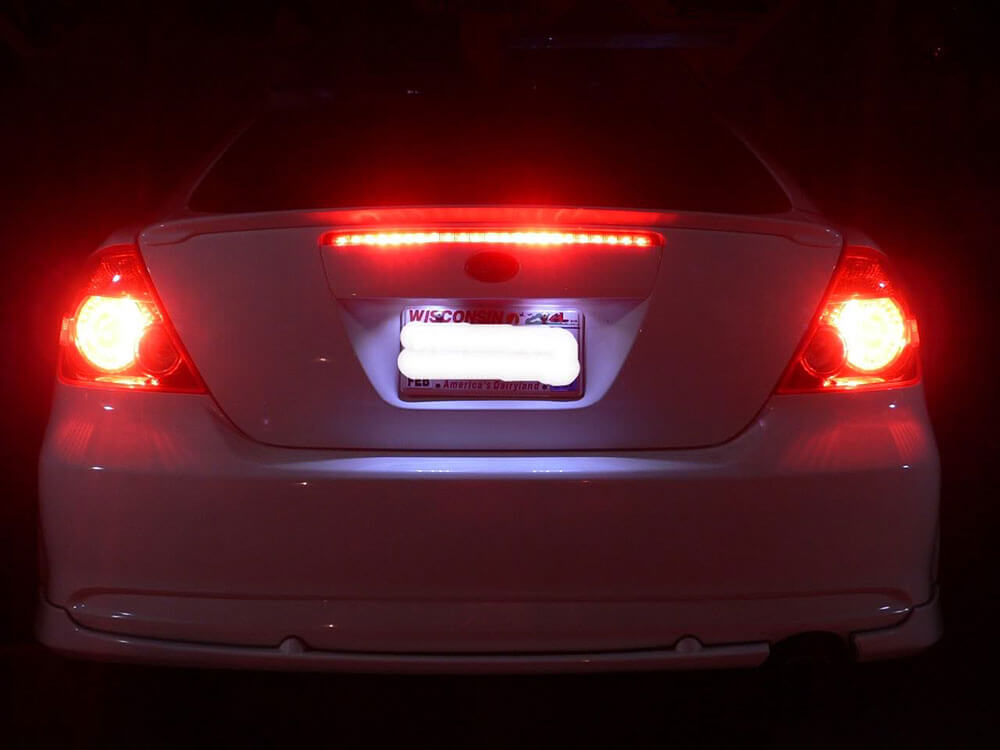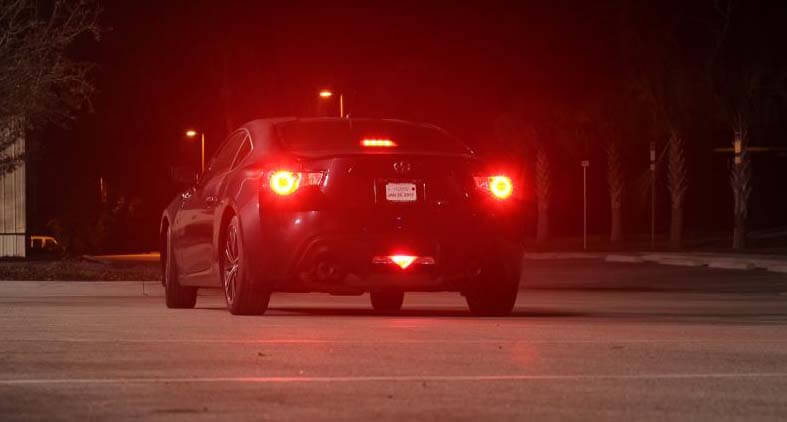Hid kit installation starts with the preparation steps. Before installation you need to be sure that your battery is disconnected and the engine is cooled down, this should be done to ensure your safety.
During the installation you must not touch the light bulb, because you may cause it's malfunction, if it was touched then you need to wipe it with alcohol. During the installation you need to hold the bulb for its base only.
When HID lights are lit you must not look directly into the beam of light because it may cause damage to your eyes.
After installation HID lights must be adjusted. HID lights are much brighter than halogen, that is why unadjusted set may lessen the visibility of oncoming traffic. If you can't adjust your HID lights please consult a professional.
During the installation you do not need to apply extra force to the HID components because you may cause damage to them. If during the installation you have damaged the set you must immediately stop installation and contact your retailer. You must not use the system until the problem is solved in order to avoid electric-shock or inflammation.
HID system generates 23KV when activated that is why you must not touch it with wet or oily hands, in order to avoid severe electric shock and burns.
During the installation you need to be sure that all components of the set are secluded from the units of the engine that become hot during the operation. Also you need to be sure that the HID ballast unit is mounted in the way that the electromagnetic field produced during its operation will not influence other electronic units of your engine.
Before installation you must not turn on HID lights near flammable materials when the bulb is outside the headlight housing.
When installed you must not turn on/off the lights rapidly, this may reduce the life of the bulbs.
After the installation you need to pretest the system, you need to check whether all the components of the set were connected correctly, comparing with the scheme attached.
- After opening the box with the set you need to check whether all the components were included.
- Disconnect the battery of the vehicle.
- Remove the factory light bulbs. If your headlights have dust caps you need to remove them as well. If the backside of the headlights housing is covered with dust you need to wipe it using the alcohol.
- If the your headlights include dust caps you need to drill 1” hole to accommodate the wiring harness.
- Take the HID bulb out of the protective case, hold the bulb only for the base, if the dust gets on the bulb you need to wipe it off with alcohol.
- Pass the harness wiring through the dust cap.
- Insert the HID bulb into the housing and mount it.
- Connect the wires with the factory headlight wiring harness.
- Insert the rubber boot through the hole you have drilled in the dust cap (Step 4).
- Connect the wiring of the bulb with HID ballast.
- Find the mounting place for the ballast, though it's case is designed to be water and dust resistant you need to find the place which will not be affected by the water.
- Using a double-side tape or brackets mount the ballast.
- Check your vehicle fuse, you need to use the one which is rated 20 amperes or higher, if your is rated less you need to replace it.
- Connect the battery cables.
- Turn the lights on allow them to run for 10 minutes and enjoy.
This is a universal installation guide for the HID Kits. Some kits might require additional steps that are not listed here. Contact your supplier for more information.
HID kit troubleshooting.
Lights do not turn on.
Sometimes the connector plugged into the ballast needs to be reversed. Some vehicles have a reversed polarity, so the reversing of the plug may fix the problem 99% of the time.
After the start of the car with HID turned on one or both lights turn off.
The lack of power or pulsing voltage when the starter is cranking may activate the safety circuit in the ballast and turn one or both to protect its self. To solve this problem you need to start the car with the lights turned off.
Flickering during pretest or "bulb out" warning.
Some vehicles measure the resistance of the bulb connecting into the factory socket. Since the Xenon ballast does not use any resistance when lighting the bulbs, the vehicle's computer thinks there is something wrong, when it's not. It will then begin to flicker the HID kit and may display a bulb out warning. To solve this, an automotive HID bulb out resistor must be installed, or a bulb out warning module.


